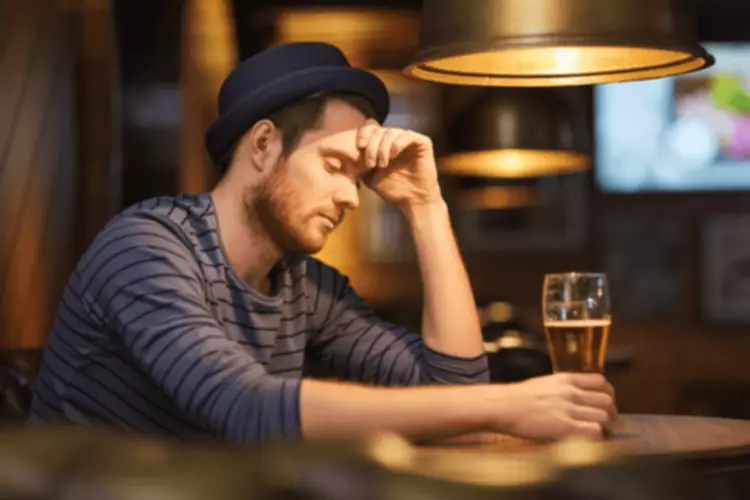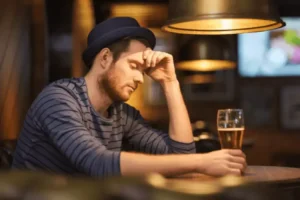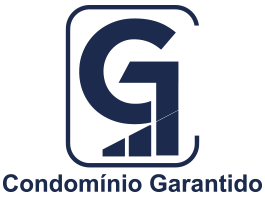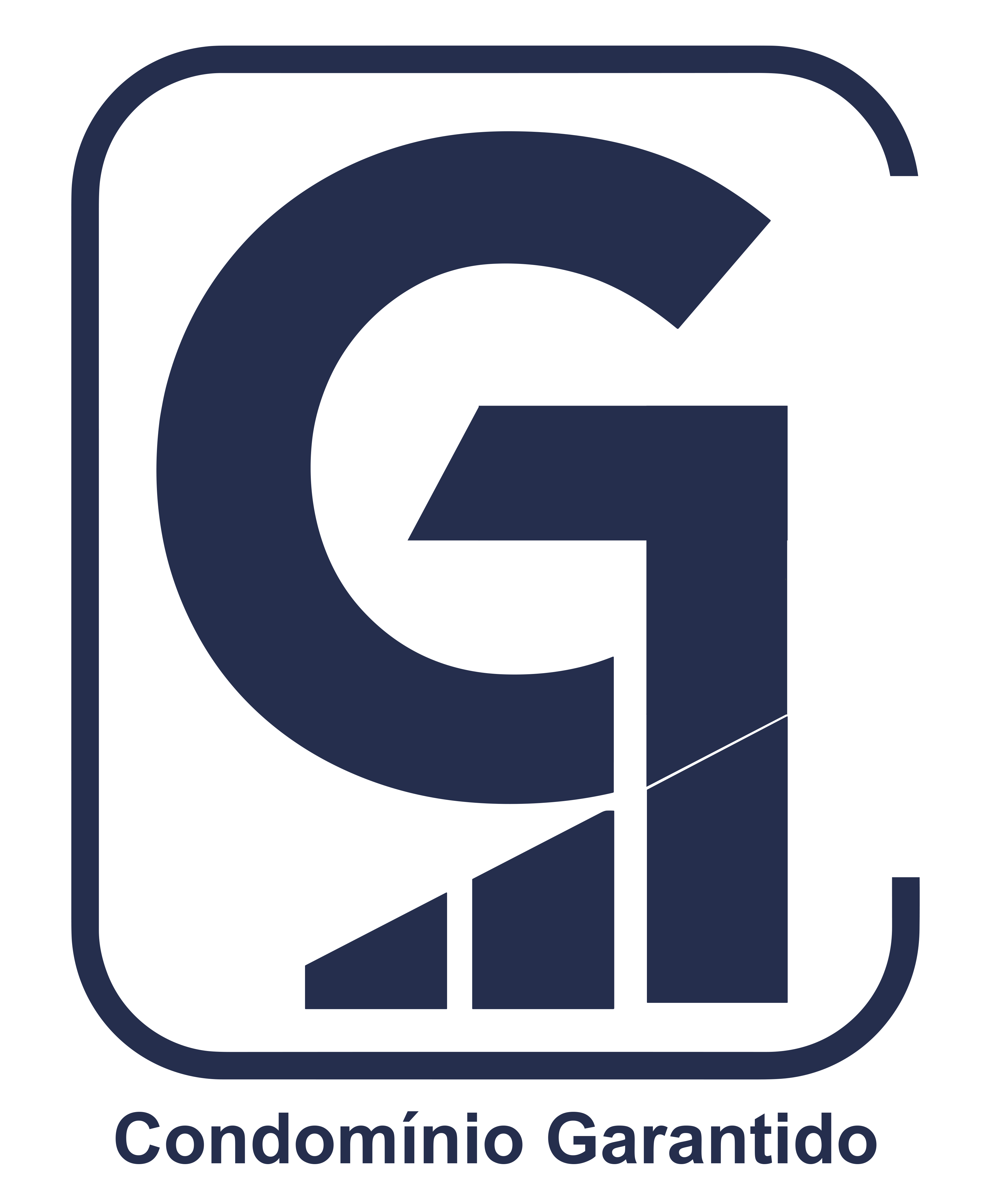Surveillance Report #120 National Institute on Alcohol Abuse and Alcoholism NIAAA
julho 7, 2021How to Mine Bitcoin: The Complete Guide to Bitcoin Mining
setembro 9, 2021
His primary strengths include clinical insight into substance abuse/mental health, hard work ethic, and ability to work well under pressure. Skill sets include counseling/clinical competency, revenue generation strategies, strong written/oral communication skills, insurance billing/contracting knowledge and general empathy for others struggling with substance use disorders. Lisa works as a one-on-one counselor at Elevate Addiction Services, helping clients develop new positive coping skills to address challenging emotions and situations. Her role is to help our clients develop and improve their physical and mental health well-being. She approaches her clients from a place of authenticity, genuine compassion, and believes that everybody deserves a rich and fulfilling life free of addiction and maladaptive behaviors.

Individualized, evidence based treatment, to fit your needs.
These conditions can either contribute towards substance misuse or develop as a result of substance misuse. Either way, they often require additional treatment, especially when they are a root cause. There is no definitive reason that explains why people experience substance use disorders (SUDs). But there is a definite connection between a person’s difficulty in regulating emotion and mood and experiencing SUDs. Art therapy may be effective because of the relationship among substance use disorder and mood and emotion regulation. The number of studies on art therapy treatment and SUDs remain relatively small, however, so scholars need more evidence to determine the therapy’s effectiveness.
How Does a Person Become an Art Therapist?

It will allow for people to paint, draw, take pictures, sketch, sculpt, or doodle into improved emotional and spiritual states. Facilitators and art therapists are present in classes or centers to guide students to explore their emotions and improve mental health. Art therapy is designed to complement other recovery services like talk therapy, medication management, and support groups.
The Healing Power Of Art Therapy
There is a lack of nationally representative data addressing the organizational settings of art and music therapy. In the current study, we assess the utilization and organizational correlates of art and music therapies in a national sample of SUD treatment centers by addressing three specific aims. First, we document the prevalence of both types of therapies in SUD treatment programs. Second, we examine the association between the use of art and music therapy and patient populations in a treatment program. Finally, we highlight the relationship between the use of EBPs and implementation of art and music therapies in the treatment center.

Create a Collage of “Words to Live By”
This form of therapy, recognized and supported by medical research, offers a non-verbal language through which you can express thoughts and feelings that might be too difficult to articulate with words alone. There are countless studies2 that have proven the efficacy of art therapy in relation to mental health and substance abuse disorders. There is definitive proof that art therapy can help people deal with many https://ecosoberhouse.com/article/what-difference-between-a-sober-house-and-a-halfway-house/ problems, including emotional distress, emotional trauma, mental disorders, and substance abuse disorders. Developing ways of coping with cravings, negative emotions, and addictive triggers is often critical to a client’s recovery.
Benefits of Art for Recovery
According to Bolwerk et al., 2014, ‘Effects of Art on Brain Connectivity,’ art activities promote neuroplasticity and cognitive function. Engaging in artistic activities stimulates the brain in unique ways, enhancing cognitive functions such as problem-solving, memory, and attention to detail. Art therapy paves the way for a safe emotional release, which is essential for those who have used substances as a way to cope with negative emotions.
Art therapy for drug and alcohol addiction recovery can reduce anxiety, build self-esteem, and give addicts a tool to release their emotions in a safe space without turning to destructive behavior. Patients can also learn to understand themselves better through examining their own art and engaging in meaningful dialogue with an art therapist about their work. Art therapy for drug and alcohol addiction recovery is an excellent tool to help individuals connect with their emotional challenges, explore their feelings, and reconcile emotional conflicts they have been suffering from. Many addicts suffer from emotional trauma, which is often the reason for their substance abuse. This holistic treatment approach also appears in many addiction treatment programs. Overall, 36.8% of programs used art therapy and 14.7% used music therapy, with 11.7% using both (not shown).
Participants with grief noticed an improvement in cognitive and emotional coping. Those with depression had an improved self-image and a stronger sense of self-esteem. Another study found participants with PTSD felt more relaxed, had reduced behaviors that contributed to poor emotional function, and had increased emotional responses.
- Approaches vary, including traditional mediums like painting and drawing, to more modern forms like digital art therapy.
- He is interested in General Medicine, Addiction Medicine, Mental Health, and End-of-Life Care (such as palliative and hospice care).
- Katie takes an active role in each client’s recovery, and works individually with them to ensure they get the most out of the Elevate curriculum, and achieve their individual treatment plan goals.
- Art therapy for drug and alcohol addiction recovery can reduce anxiety, build self-esteem, and give addicts a tool to release their emotions in a safe space without turning to destructive behavior.

As patients fill in where the milestones are on the timeline, they also draw symbols that represent the event. Dan has been working in the substance art therapy for addiction abuse treatment industry for over 25 years. His passion is helping addicts holistically and through a blend of both western and eastern philosophies.


